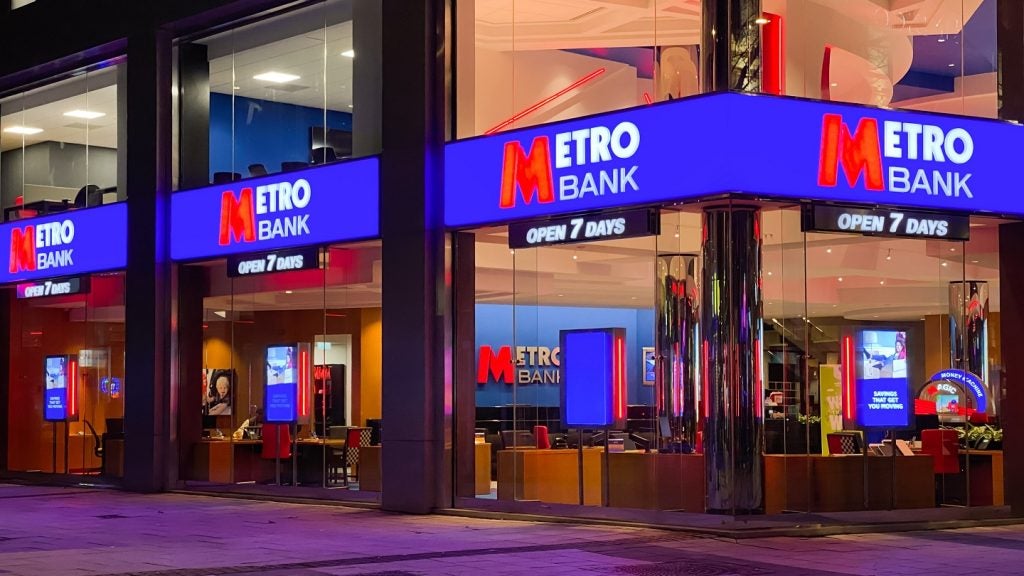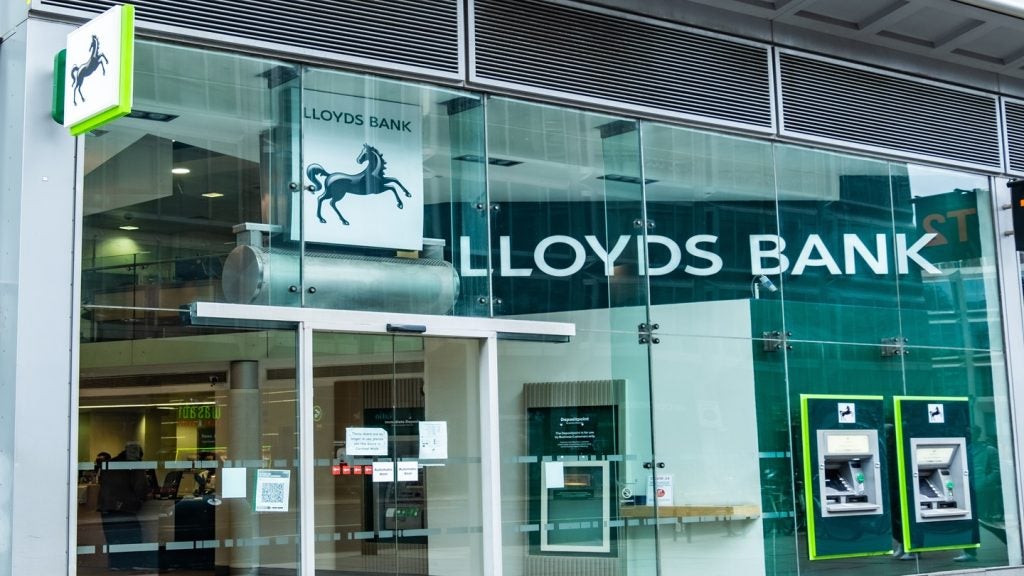initially revealed in RBI in June last year (see RBI 594) before the UK economy went
into a nosedive, now means that Lloyds Banking Group controls the
largest branch network in the country, some 3,450
branches.
Allen says that so far 150 old Lloyds TSB
branches have been refitted, though he stresses that the process
will be a long one. By the time it completes, the current sharp
downwards turn in the UK banking market will be, hopefully, long
forgotten.
The Lloyds contract is one of biggest deals
for the company, and Allen himself lists it as one of the stand-out
contracts for his firm. Others he mentions are programmes for
Deutsche Bank in Germany, Bank of Tokyo-Mitsubishi in Japan and
Standard Bank in South Africa. In all, the firm has worked with 170
banks around the world.
A current project is with India’s ICICI, a
bank that is looking to roll out around 1,000 new branches by the
end of 2010 to add to its existing 1,500-strong footprint
(see RBI 607).
Despite the rapid collapse in banking business
sentiment throughout last year, especially in the fourth quarter,
Allen says that demand from the international banking community for
his firm’s services held up relatively well in 2008. But since the
start of 2009, “things have begun to slow down and we are starting
to feel it, even in the places such as the Middle East,” he
adds.
Allen stresses that feedback from the banks he
has worked with is that retail banking has become even more
important to them as the economic environment has toughened – and
many remain keen to invest in their consumer-facing franchises.
How well do you really know your competitors?
Access the most comprehensive Company Profiles on the market, powered by GlobalData. Save hours of research. Gain competitive edge.

Thank you!
Your download email will arrive shortly
Not ready to buy yet? Download a free sample
We are confident about the unique quality of our Company Profiles. However, we want you to make the most beneficial decision for your business, so we offer a free sample that you can download by submitting the below form
By GlobalDataIn terms of wider trends in branch design,
Allen picks out the following five:
• branch segmentation, particularly for mass
affluent and high net worth clients (for instance, evidenced by
HSBC and its Premier offering) though also for small and medium
sized enterprises;
• clean, open-plan branch lay-outs with
accessible tellers/branch staff;
• bright, strong colours with clear
signage;
• convenient, three-dimensional positioning of
in-branch marketing collateral; and
• a drive by many banks to cut the costs and
increase the speed of branch redesigns.
To capitalise on the trend for cost-cutting
and lean processes, Allen says his firm developed what it calls a
Kit of Parts outfitting service, a basic refurbishment package
costing around €20,000 ($27,000) per branch. Banks that have opted
for this include Banco Espirito Santo in Portugal, BNL in Italy,
and Turk Ekonomi Bankasi in Turkey.
Overall, Allen says the ‘retailisation’ of
consumer banking, a trend started some years back, remains in full
force around the world.
“In the past many banks have been very bad at
communicating with their customers, at following them through the
branch and helping them use [branches] like many retailers now do,”
he says. “They have got to improve the environment, the brand, to
encourage loyalty… because banks are retailers too.”
Tesco and Apple have got it
right
He mentions UK retail chain Tesco and
US electronic leader Apple as two retailers who have got things
right, even arguing that the ‘packaging’ of banking products into
tangible boxes remains an appealing concept for the retail
financial services industry.
Two banks (not clients) – Rabobank in the
Netherlands and Umpqua Bank in the US – have both been selling
banking products in this fashion for some time, with strong
results.
Allen mentions two of his clients who have
integrated retail concepts into their proposition in different
ways: CIBC in Canada, which opted to build a warehouse-sized branch
in among large retail chains in a vast shopping park; and
Kreissparkasse in Germany, which opened a flagship branch and
rented out parts of it to a number of separate retail entities
including a bakery, a newsagent and a branded retail chain
(Tchibo).
He says the savings bank has benefitted from a
45 percent uplift in sales.







